Microwave Plasma,Microwave Plasma Reactor,Plasma Application
This project has been suspended.
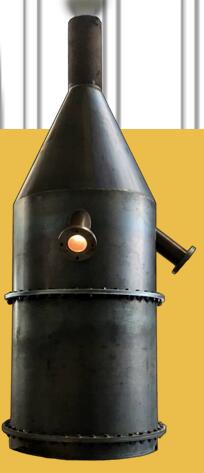
Microwave Plasma Reactor with plasma cloud
This project has been suspended.
Microwave plasma reactor like Cloud
1. The reactor can form a large volume, stable, suspended cloud plasma under normal pressure;
2. The microwave plasma cloud has a high energy density and its power is continuously adjustable (several kilowatts—hundreds of kilowatts), which makes the reaction process stable and controllable.
3. The temperature in the microwave plasma cloud is stable and uniform, and the 600-2000° C is adjustable.
4. It is easy to operate and the reactor size is optional. It is suitable for laboratory research and industrial production.
♦Parameters:
The reactor is equipped with a power of 100 kW and a reactor diameter of 1 m and a height of 1.5 m. Plasma volume ≥ 0.5m3
Working environment: atmospheric pressure
Nature: Non-equilibrium plasma
Adjustable parameters: intake air flow and microwave power
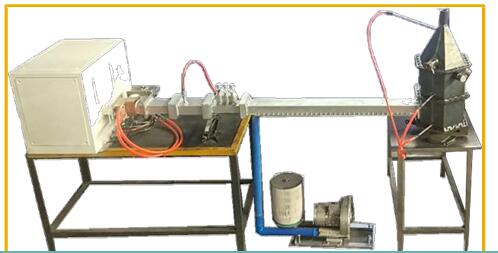
Test Platform Of Microwave Plasma Cloud
Test Platform Of Microwave Plasma Cloud
Working pressure : normal pressure
Feeding mode: air feed
Inlet flow rate: ≤40L/min
Microwave frequency: 2450MHz ± 50MHz
Microwave power: 4-15kW
Scope of application: gas-gas reaction, gas-solid reaction
Working atmosphere: can be arbitrarily specified
Temperature range: 600-2000 ° C
The advantages of the experimental platform are as follows:
♦Stable and controllable
The plasma cloud formed by the reactor is suspended in the cavity, and it can stably exist and sustain plasma formation.
♦Observation window
Direct observation of the reaction state of the plasma cloud region
♦Repeatable
The test parameters are accurate and adjustable, and the test results can be repeated.
Meet all kinds of test requirements
Can provide conventional gas and gas reaction, gas-solid reaction test conditions
Test demonstration
♦Typical gas-solid reaction C+O2=CO2
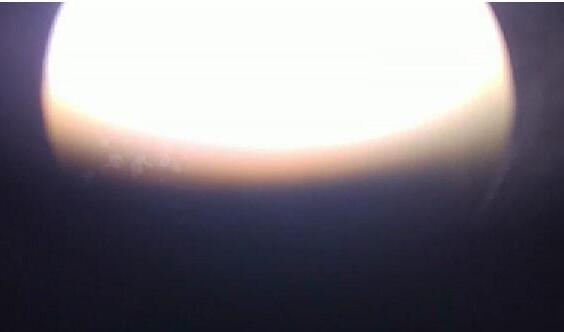
Toner reacts in an air plasma cloud
♦Typical gas reaction 2C2H2+5O2=4CO2+2H2O

Acetylene reacts in an air plasma cloud
♦Typical gas pyrolysis action: CH4=C+2H2
Using this microwave plasma cloud can change LNG (mainly CH4) to special Carbon ,and get H2 as energy.
Application:
Microwave plasma cloud technology
This technology can be widely used in various chemical applications, which provides a new means of implementation for plasma chemistry;
It also provides technical conditions for many chemical reactions that normally cannot occur or require extremely harsh conditions.
It can also be used for: plasma combustion, environmentally friendly tail gas treatment, polymer polymerization, surface treatment, chemical vapor deposition, powder preparation and high temperature desorption.
Knowledge of plasma:
What is Plasma?
Plasma is a basic form of matter, which is known as solids, liquids, and gases. If some means (such as heating, discharging) is used to dissociate and ionize the gas molecules, when the density of charged ions generated by ionization reaches a certain value, a new change occurs in the state of the substance, forming a plasma state, and the ionized gas at this time is Ionic body.
In the universe, more than 99% of the matter is in a plasma state, for example, the sun is a large plasma. Our planet is a “cold planet”. The earth’s matter is mostly densely coagulated; because the earth’s surface is covered with high-density air, the general chemical reaction is often constrained by low-energy, high-density conditions.
Some reactions that require extra large activation energy are difficult to achieve. The plasma provides abundant ions, electrons, excited atoms, molecules and free radicals, which provide conditions for such reactions.
Ways to get plasma
The methods and approaches for obtaining plasma are various. Usually, a gas discharge method is used to obtain a plasma, that is, a gas is broken down by an electric field to conduct electricity, and the ionized gas generated by such a method is called a discharge plasma.
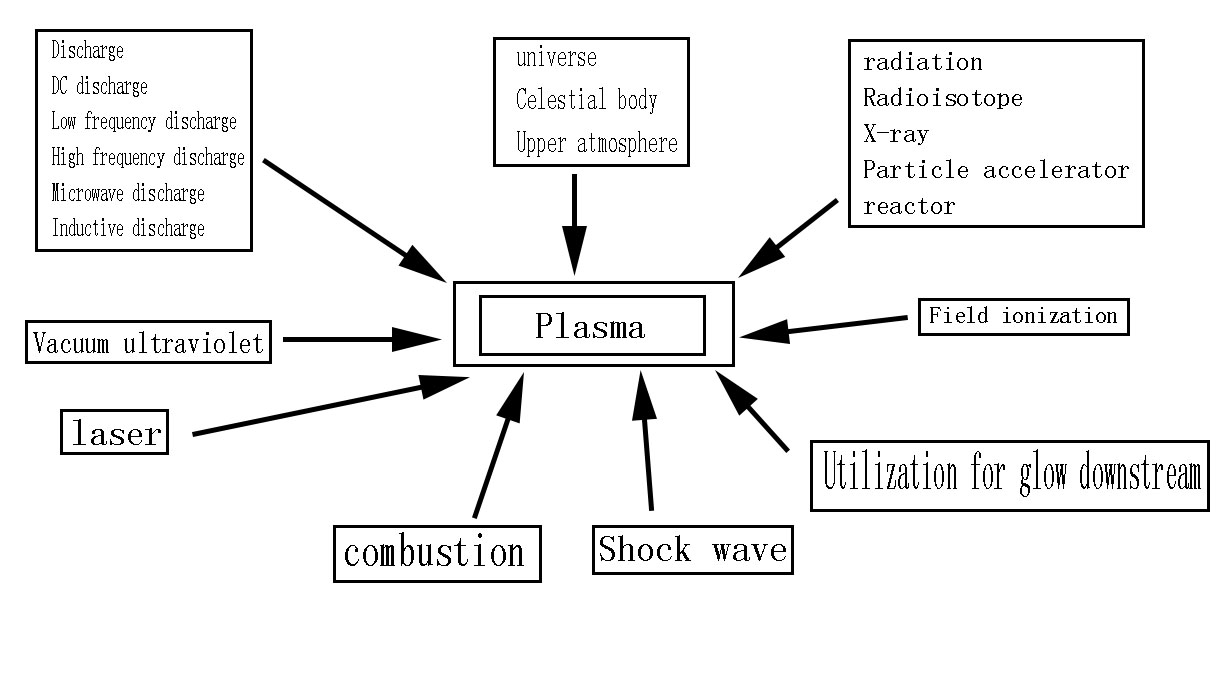
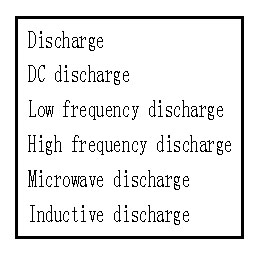
The advantages of microwave plasma are:
1. Microwave can realize remote energy transmission, which can block the plasma in a specific space and separate the process area from the discharge area. This facilitates the adoption of various appropriate process measures and avoids plasma radiation or eliminates some of the possible side effects;
2. The microwave plasma is an electrodeless discharge.
It can obtain pure plasma and has higher density, which is suitable for equipment and processing for making high-purity materials, and the process efficiency is higher;
3. Microwave can generate a better plasma.
The emission spectrum of the microwave plasma shows that it has a wider band when the gas is discharged than other methods. Microwaves enhance the excitation, ionization and dissociation processes of gas molecules; they provide a large number of long-lived free radicals, providing favorable conditions for many unique chemical reactions.
Microwave has obvious advantages in plasma chemistry applications.
In the field of plasma chemistry, DC discharge is simple and easy, but because of its extreme electrode contamination, it limits the scope of application.
while the volume of plasma formed by electromagnetic induction and dielectric barrier is too small, it is few used in practical work.
Microwave discharge belongs to high frequency discharge, and the commonly used frequencies are 915MHz and 2450MHz. Microwave discharge can cause electron cyclotron resonance, increase discharge efficiency, and improve process quality.
Related Items






